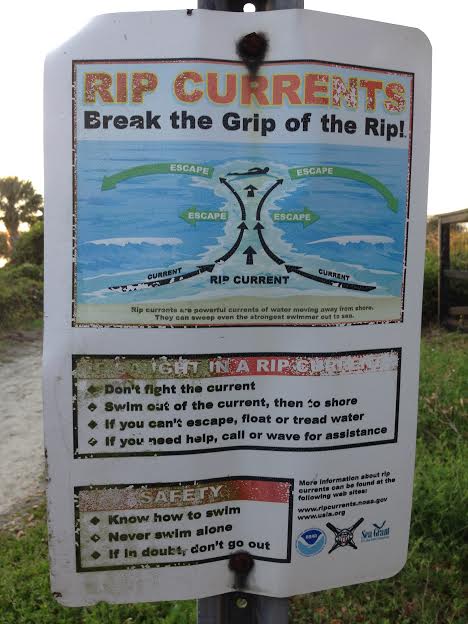When I need to buy something, whether itÂs a set of sÂmores skewers or the latest bestseller, I click on over to Amazon.com first.
ItÂs taken me a while to recognize this behavior, because I was doing it very unconsciously.
How did this happen?
Amazon.com is my Âdefault place to buy things. They have simply removed every trace of friction from the shopping experience. To the point that other factors like price and diversity of selection take a back seat.
You may not have the resources of Amazon, but you should aspire to be the Âdefault provider of whatever service or product you offer.
Remove Purchase Friction:
Answer Questions
Amazon has to sell you things that you canÂt feel or touch, so it has to provide you with every single bit of information you might want before buying. Consider the lessons of Marcus Sheridan, ÂThe Sales Lion, who saved his pool company (and built an empire) by answering every single question right on his website.
Establish Trust
As an entrepreneur, you may not have a recognized name. But Amazon started somewhere too. They incorporated a ratings system for their shopkeeper program so that you can clearly see reputation as a buyer. Look for ways to build trust with your prospects and customers– whether itÂs social proof, testimonials, or being maniacal about follow-through.
Remember Your Customers
One reason why Amazon is the default is that they store my credit card information, and they remember everything IÂve bought since the site went live. I hate having to go find my purse, pull out my credit card, and type in those numbers. Have you thought about ways you can streamline invoicing for your customers? Do you offer different options for billing, discounts for annual payments? When your customer contacts you, can you pull up a record of their purchase history?
Offer White Glove Delivery
Recent news items about drones, food lockers, and other innovations coming from Amazon make it obvious that they are very focused on delivering as fast as possible. How magical is it that you can, with one click, have a book delivered to your device in seconds? What parts of your product or service can you deliver for instant gratification? Perhaps you can make sure that the customer receives some component of the service immediately, even if the whole transaction canÂt be instantaneous.
Be Proactive
Amazon will sometimes offer me recommendations, remind me of family birthdays, and provide other proactive information as I need it. When you see an opportunity to add value to your customers, do it! If you see an article that is directly relevant to your prospectÂs challenges, go ahead and send it. Be proactive and be useful.
Reaching default status is the Holy Grail of sales. Think about it…when was the last time you switched toothpaste brands? Do you get all confused when your favorite product changes its packaging?
All of the key points above relate to one thing–considering the customerÂs thought process and experience first.
Focus on removing any trace of friction from the customerÂs buying process, and you might earn a spot as the Âgo-to provider.


